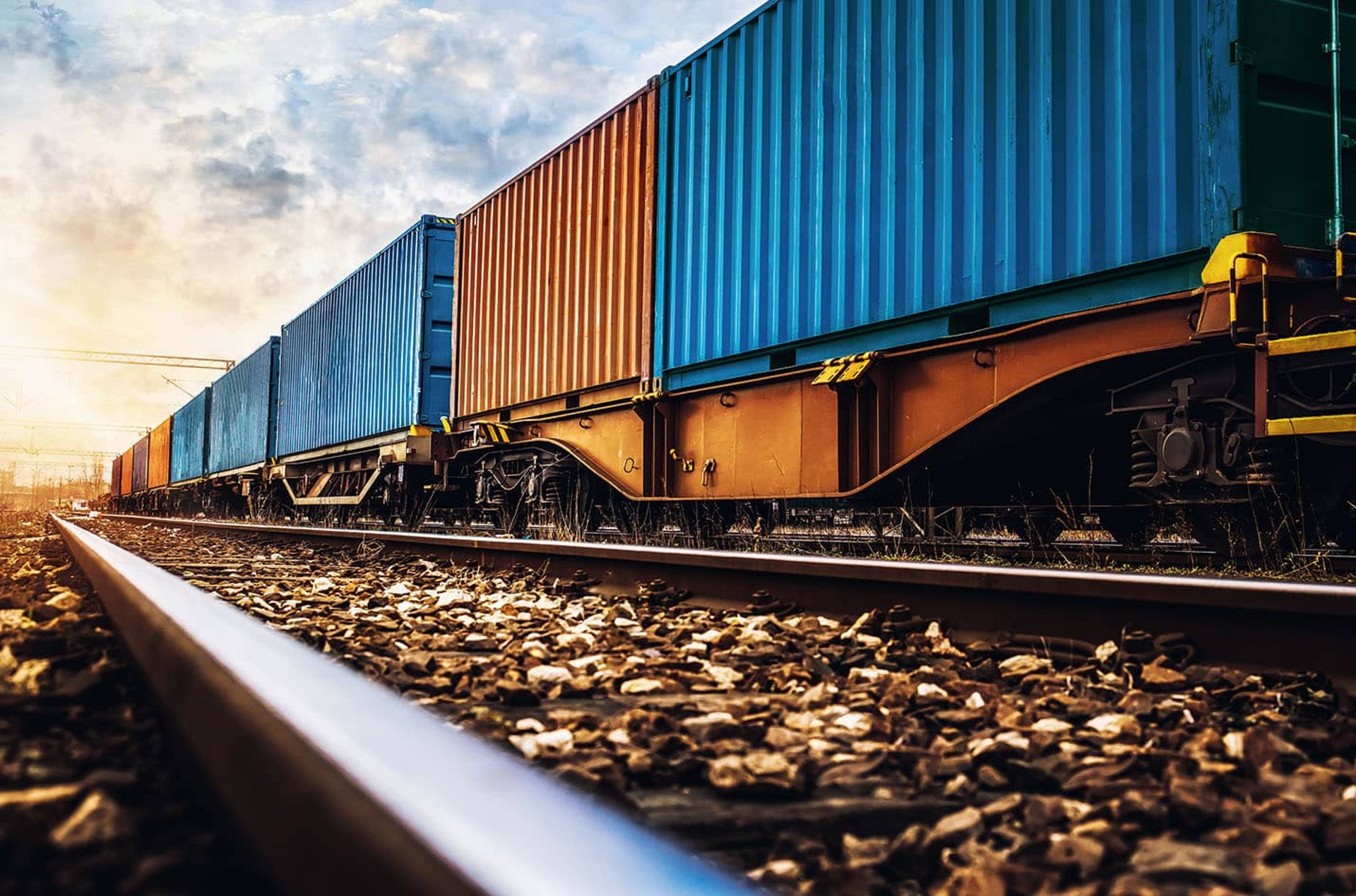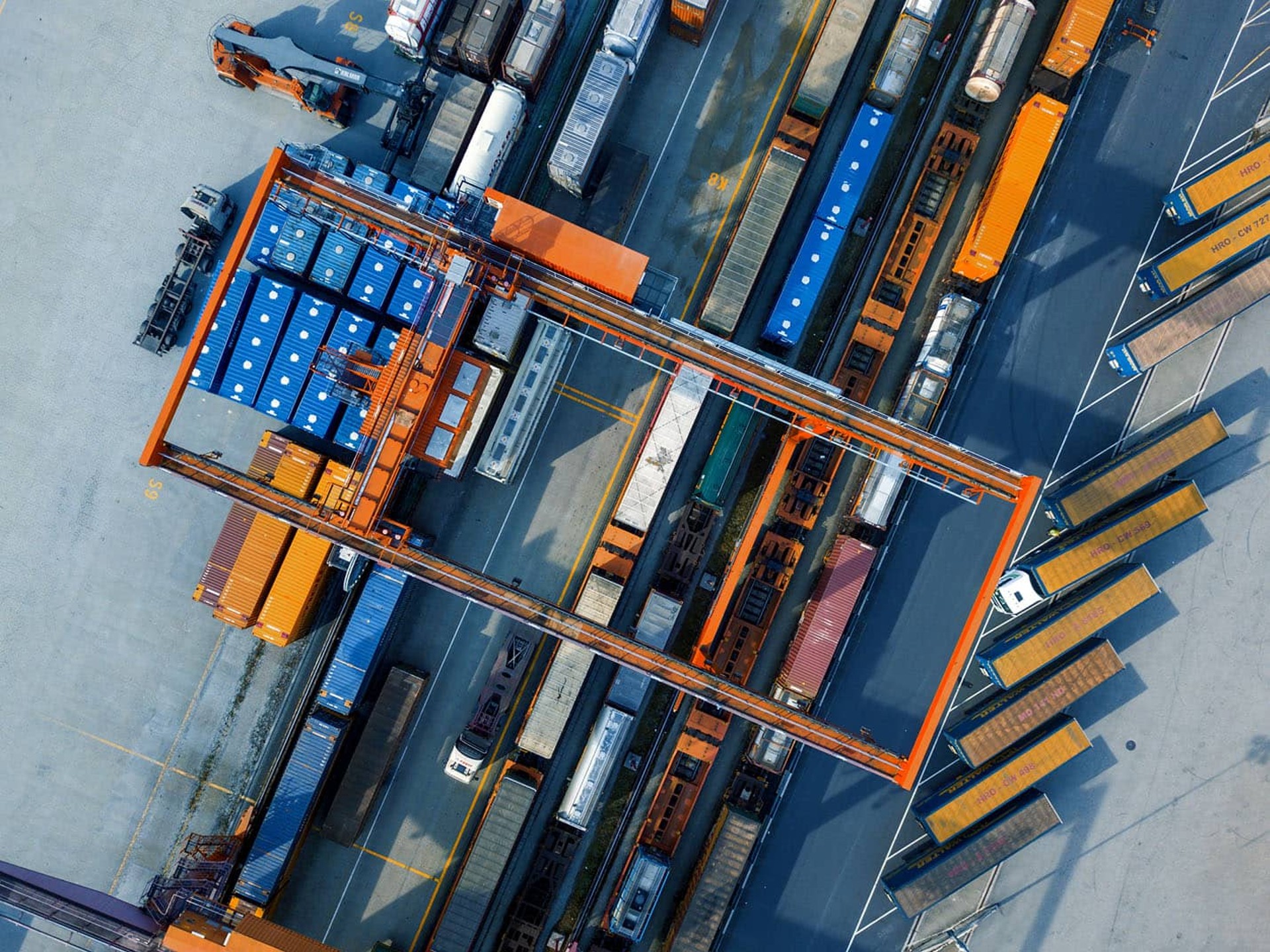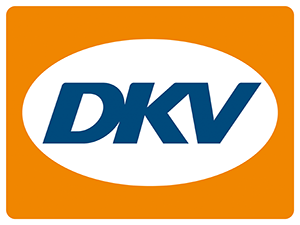From highway to rail

The global economy has experienced impressive growth in recent years and shows no signs of slowing down. We are used to smooth and fast deliveries thanks to standardized and efficient supply chains.
With the increase in the variety and transport of goods, the importance of sustainability is coming more and more to the fore, because the fact is that different transport options - and routes - have a strong impact on the climate. According to the Federal Environment Agency (UBA), around 20 percent of CO2 emissions in Germany were caused by transport in 2019. That is why a growing number of logistics companies are switching to sustainable transport alternatives.
Combined transport as an alternative: traveling by truck on rails
Combined transport, also known as intermodal transport, refers to the use of multiple transport modes (e.g., road, rail, sea) within the same freight chain to move goods from one location to another. Combined transportation is often used to move freight over longer distances, taking advantage of different modes of transportation.
One example is the "rolling road" (also known as rail freight), in which freight containers are transported on special vehicles called rolling roads. This form of transport has gained popularity in recent years and is used in various European countries, especially in the Alpine regions. While the truck drivers inside the train observe the prescribed rest periods, their trucks cover kilometer after kilometer. Thanks to this accompanied, combined transport, heavy goods vehicles can use more environmentally friendly transit routes and significantly reduce their emissions.
Rolling roads contribute to climate improvement in a variety of ways
In addition to the economic and socio-economic benefits such as cost efficiency, time savings or more flexibility, rolling rural roads offer a more environmentally friendly and accessible way of road transport and contribute to the reduction of CO2 emissions.

Rolling roads...
…are one of the most energy-efficient methods of transportation because they run on rails and thus require less energy to transport the same weight of goods.
…emit significantly fewer greenhouse gases compared to trucks and can reduce CO2 emissions by up to 60%*.
…reduce the volume of traffic on the roads, resulting in less congestion and fewer greenhouse gas emissions
…can be operated with zero emissions by relying on renewable energy sources such as solar power or hydrogen to power the trains.
…avoid congestion and delays in road traffic
Overall, the rolling highway offers a promising alternative mode of transport that has the potential to positively impact supply chains and the environment. By reducing costs, increasing efficiency, and having a lower environmental impact, rolling roads can help make the logistics industry more sustainable and future-proof.
How to use the rolling road service with DKV Mobility
By shifting freight traffic to rail (rolling highway), DKV Mobility customers saved more than 2,777,804 million kg of Co2 emissions in 2022.
By comparison, a single flight from Düsseldorf to Rome in economy class consumes 232 kg of Co2 emissions. With the rolling road service, DKV Mobility customers were able to save the equivalent of the Co2 emissions emitted by around 11,970 flights.
Further information and all the benefits of the rolling road can be found here.
*Estimates may vary. A comprehensive analysis of the carbon footprint of a given supply chain is required to obtain accurate estimates of the CO2 savings from using a rolling highway.
